A trot and a meander through the gardens of Hampton Court Palace
East Molesey – Surrey - United Kingdom
History rooted to the ground at Hampton Court Palace Gardens
As I peep past the throng of tourists from the interior of Hampton Court Palace, through the doorway of the East Front I am greeted by pyramidic sentries of ancient yew trees standing tall in the Great Fountain Garden. Stately paths between them beckon me to explore the revamped but historic gardens in numerous directions.
Deeply rooted, most of the yews originate from the baroque period and are approximately 300 years old. I know full well how enamoured I would be by the gardens that surround Hampton Court Palace and are situated next to the River Thames. They consist of 60 acres of formal gardens and 750 acres of parkland.
Yew trees and colourful bulbs
I have often had detailed accounts from some friends that studied garden design and horticulture with me about Hampton Court Gardens. They were totally enthralled by the gardens and gushed about how magnificent they were. Many had the opportunity to travel to England and see them but I thought it would only ever be a dream. Yet here I am, about to step into one of the most superb gardens renowned throughout the world.
The South Side of Hampton Court Palace and the Privy Garden with the Yew trees in the background to the right
A slow stroll through the gardens, taking in all the detail, would be a delight and I cannot wait a moment longer. As I am about to take my first step into the open, my reverie is swept from under my feet in the direction of the maze. I am dragged by 3 twenty-somethings, my eldest son and his friends who kindly accompanied me on my visit to the palace, whose main aim was to get inside the intricate and bewildering paths.
A Formal Sunken Garden
A gentle sigh escapes my lips. No quiet stroll for me, but then I perk up because I am just as excited about a lingering stroll through the maze as we solve its riddle.
Alas, I am ushered on, at a great tempo, by the youngsters as one of them had all the tricks up his sleeve to whizz through the maze without taking a wrong turn. Probably just as well or I could still be standing there, more than a decade later, scratching my head trying to figure out how to make a speedy exit so I can enjoy the rest of the gardens at Hampton Court.
Visiting Hampton Court Palace Gardens
Even though originally designed exclusively for kings and queens, thousands of members of the public have strolled through the gardens every year since 1838 when it was opened to visitors to captivate any garden enthusiast’s attention. I was one of them. For me even on a gloomy day in May 2009, the colourful majestic splendour of the gardens brightened my day.
A beautiful Wisteria window into the formal garden at the Pond Garden
Hot tip:
The Palace: If you are enthusiastic about history you can allocate at least half a day if not a full day to visit to Hampton Court Palace. The interior of the palace can take a couple of hours.
The Gardens: If you love gardens, allow yourself a few hours to walk through and experience the beautiful designs and history of the gardens. They are vast. I unfortunately could not see all of them as my time was limited.
Hampton Court Palace Gardens - South Side
A brief history of 500-year-old gardens at Hampton Court Palace
I will give you a glimpse into the history of the gardens. If you would like more information and detail about them I will leave some quick links at the bottom of this article that you can click on. If you need information on visiting the palace and its gardens, the Historic Royal Palaces website has all the information.
I will not even attempt to describe the gardens to you but will rather leave that to the photographs that I took and hopefully they will do some justice to these wonderful gardens.
The Privy Garden at Hampton Court
Did you know?
Spring is one of the best times to visit the Hampton Court Gardens as the swathes of colour enhance the garden from over one million flowering bulbs that have been planted throughout the garden beds.
One of the formal sunken gardens at the Pond Garden
Bulbs in springtime at Hampton Court Palace
Gardens within a garden
History, Botany & Landscape Design
From Tudor times to the Victorian era, Hampton Court Gardens have always been at the forefront of design and botany thus had many historic landscape designers and gardeners alter them with new concepts and traditions for the monarchs.
The first gardens in 1500’s when Cardinal Wolsey lived in the palace, consisted of small knot gardens. Thereafter Henry VIII stamped his authority by adding the Privy Garden. He also wanted to hunt deer in Bush Park.
The gardens around the Tudor palace, although formal, are of modest size. These gardens on the riverside off the old palace were redesigned in the 18th century.
Knot Garden near the Banquet House
Lower Orangery Garden Terrace
Charles II and William III added more gracious avenues bordered by lavish floral displays, including the elegant Long Water canal.
The elegant Long Water creating an axis through the Home Park
Gate to the Home Park
Then came the baroque era with huge dazzling Victorian displays approved by William III and Mary II. They added the maze.
Hampton Court grounds consist of numerous smaller but certainly not inconsequential gardens.
Privy Garden with the Hornbeam bower
Various Gardens within the Hampton Court Palace grounds
The Great Fountain Garden: On the East Front the Great Fountain Garden was created by William III and Mary II between 1689 and 1702 to complement their elegant baroque palace.
Two avenues of Yew trees, 13 fountains and numerous beds of vivid bulbs are part of the attraction of this garden and fan out towards the Home Park.
A statue and yews in the Great Fountain Garden
Horses at Hampton
Privy Garden: This private garden was for royalty’s exclusive use. It was designed in 1533 for Henry VIII. Later Charles I, an art collector, wanted a place to display his classic statues and a simple Italianate style garden was created. In 1701 William III wanted a formal garden but had little chance to enjoy it when he fell off his horse the following year and died in 1702.
Hampton Court Privy Garden
The garden was restored to William III’s formal garden in 1995 filled with topiary, a hornbeam bower and intricate patterns and designs.
Steps leading up to the bower
At the river’s edge, the Tijou Screen designed by French master blacksmith Jean Tijou in 1690 finishes off the garden with copies of statues, one of them Apollo gazing at the sun.
The Tijou Screen in the Privy Garden
Pond Gardens: The sunken gardens were created for Henry VIII and once had a medieval fish farm. Around the topiary shrubs and in the colourful formal flower beds a transformation took place for Mary II’s exotic plants that she collected from around the world. This was to provide shelter for them because they could not withstand the cold conditions.
The small Elizabethan Knot Garden was reconstructed to show visitors what was fashionable during Elizabeth I and her successor James I’s reign.
Elizabethan Knot Garden
Kitchen Garden: Unfortunately I did not see the Kitchen Garden, but it would have fed the royals for 150 years. All the fruit and vegetables for the royal dining table and Hampton Court kitchens were grown here.
The Great Vine: I saw a small section of the glass house and the Great Vine. Planted in the middle of the 18th century in 1768 under Lancelot Capability Brown’s supervision, from a cutting taken at Valentines Mansion in Essex, it is thought to be the oldest grape vine in the world and until 1920 the grapes were grown exclusively for the royal table.
It still produces an average of 400 to 500 pounds of Black Hamburg grapes for consumption. When it is harvested in September, the grapes are sold to the public, although I am not sure at what cost.
A Section of the Glasshouse with the Great Vine inside
The Tiltyard: A tournament area called The Tiltyard and laid out by Henry VIII was used to watch jousting, wrestling and sports from five towers. William III decided the area was better used for kitchen gardens.
The Rose Garden: Part of the old kitchen gardens were transformed into a rose garden housing old English scented roses and hybrids to charm visitors in the garden.
Unfortunately I did not visit The Tiltyard and the Rose Garden.
The Wilderness: In 1531 the origin of The Wilderness was an orchard for Henry VIII until the late 1600’s when it became a place for courtiers to roam around amongst the trees in shady areas between the hedges.
The Maze: One of the most popular features in the Hampton Court Palace Gardens is the infamous maze situated in the Wilderness area to the north of the palace. It is one of UK’s oldest surviving hedge mazes.
Commissioned by William III, it was designed by George London and completed by Queen Anne’s gardener, Henry Wise, planting hornbeam in a triangular shape. Over the years it was necessary to replanted it using yew and privet.
Visitors in the early days often found this third of an acre confusing and could be lost inside for hours until their cries alerted someone. It takes on average 20 minutes to reach the centre.
The Maze at Hampton Court Palace
To set your mind at ease, nowadays a high platform is in place with someone watching and keeping an eye on stragglers that struggle with the maze and guide them to prevent them from getting lost or stuck inside this intricate labyrinth.
Spoiler alert if you like solving your own puzzles.
Want to know how to solve the mystery of the maze?
Apparently as you enter the maze, turn to the left. Continue to keep the hedge on the left, even if you go into and out of dead ends. Let me know if you made it out. If I don’t hear from you will my assumption be correct that you got stuck inside?
The Magic Garden: Added after my visit to Hampton Court, the Magic Garden is a children’s play area and was opened in March 2016 by the Duchess of Cambridge. Inspired by Tudor motifs, towers, walkways and even a dragon breathing steam, this makes a delightful area for kids to play in and bring their vivid imaginations to life.
Did you know?
Hampton Court has a garden festival. An annual British flower show is held in the grounds in early July. It is run by the Royal Horticultural Society. Extensive talks, demonstrations, floral marquees, and show gardens are some of the features of the festival from UK’s finest growers and designers.
Do you have to pay to walk around Hampton Court Palace Gardens?
An entrance fee gives you access into the palace as well as the gardens. Check here for opening times and events before your visit.
My photos were taken in May, the autumn of 2009. A garden is a live everchanging work of art and some of it has altered since I was there. However the backbone of Hampton Court Palace Garden stays the same. I know it is still a glorious sight to behold and worth a visit.
Let me know if you have been more recently. What appealed to you the most? For those that have not had the good fortune to visit the palace and its gardens, I hope you enjoyed my virtual tour.
Hampton Court Gardens Map to download
Quick links to information about the Hampton Court Palace Gardens:
Historic Royal Palaces - Hampton Court Gardens
Great British Gardens – Hampton Court Gardens
Historic Royal Palaces Hampton Court Palace – Garden Festival
Garden Visit – Hampton Court Palace Garden
Arts and Culture – 500 years of gardens at Hampton Court Palace
Related Blog post:
Walking in the footsteps of monarchs at Hampton Court Palace
On Pinterest? Save for later.
Interested in other day trips to gardens?
Find me on Social Media:
Step by step instructions on how to leave a comment on my blog:
Type in your comment in the comment box.
Click ‘Post Comment’
Briefly a message should appear saying you are not logged in, then a box with ‘Post a Comment’ will appear for you to complete with your name, email address and website URL (if you have one).
Fill in your first name and email address in the appropriate section. (Your email will not be made public and will not be used for any other purpose than for you to get a notification of a reply to your comment.)
Click ‘Comment as Guest’ and you’re good to go!
To subscribe to my blogs, please fill out the SUBSCRIBE form.
Thank you.
I know it is quite a process, but it helps keep our websites secure. Your email address will not be shared or displayed.



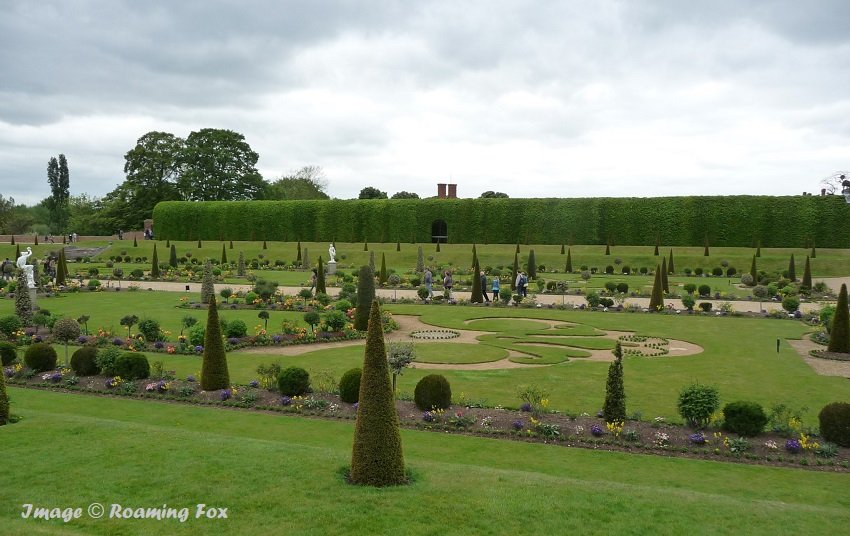






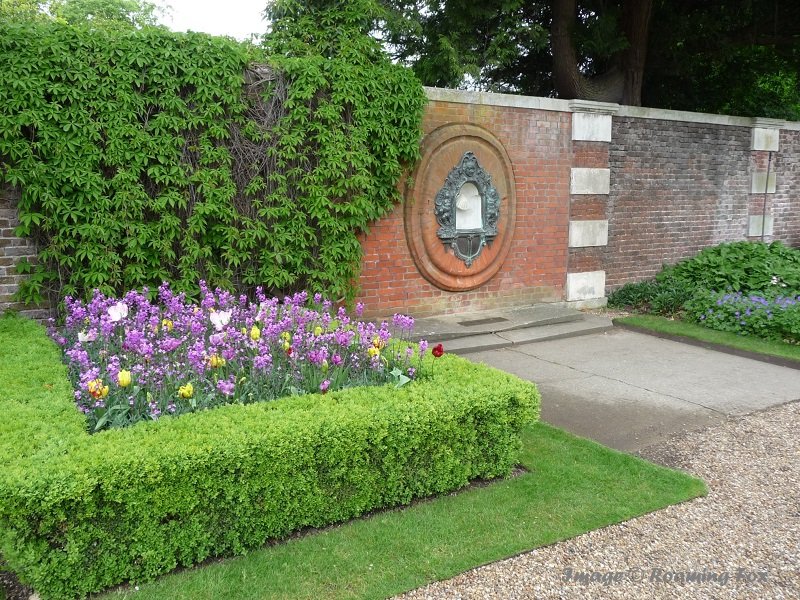





















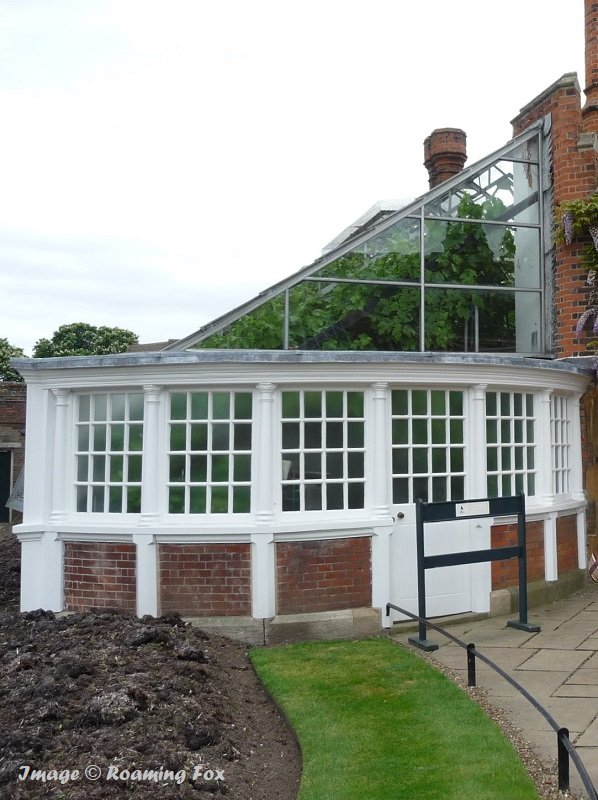






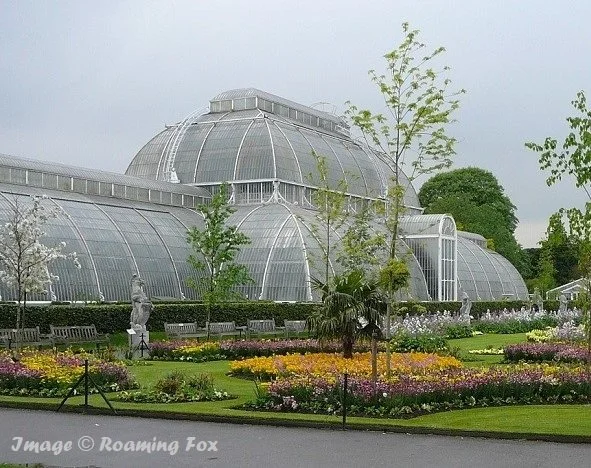



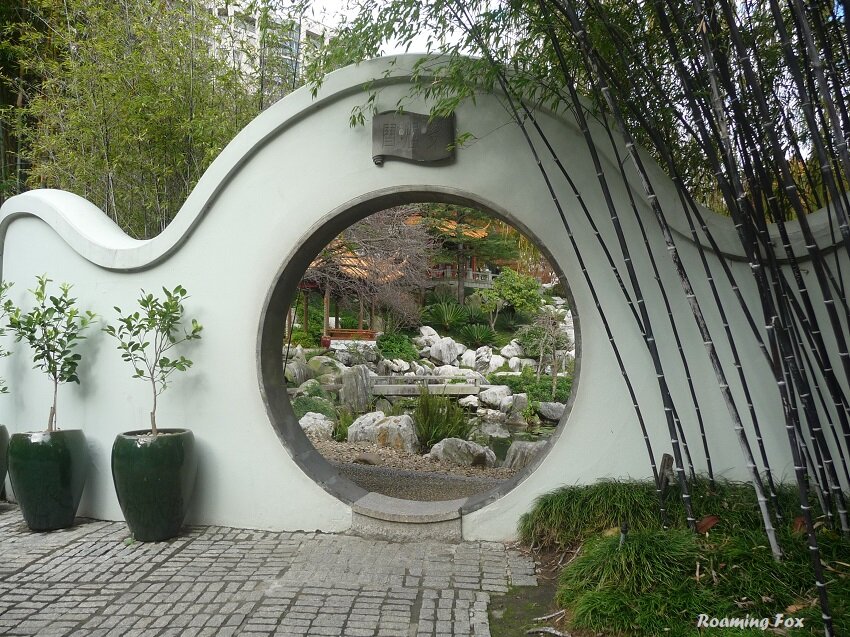


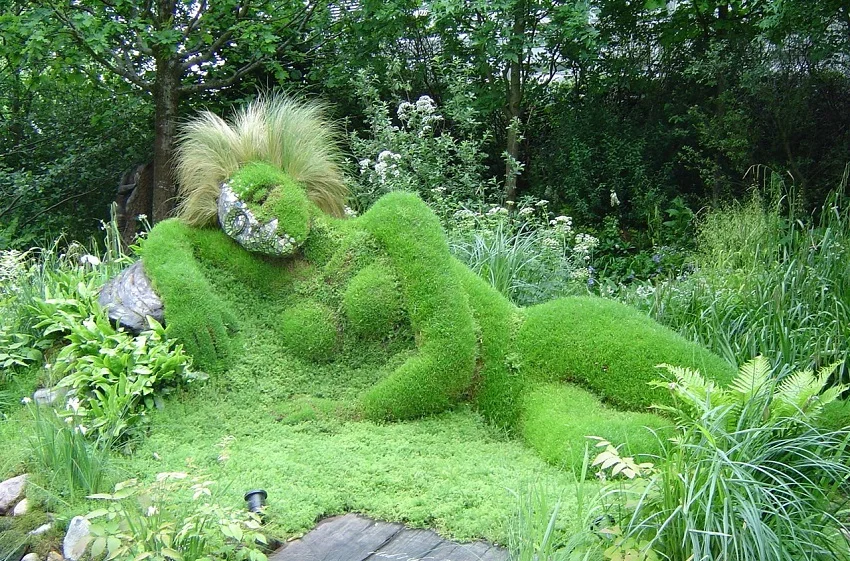
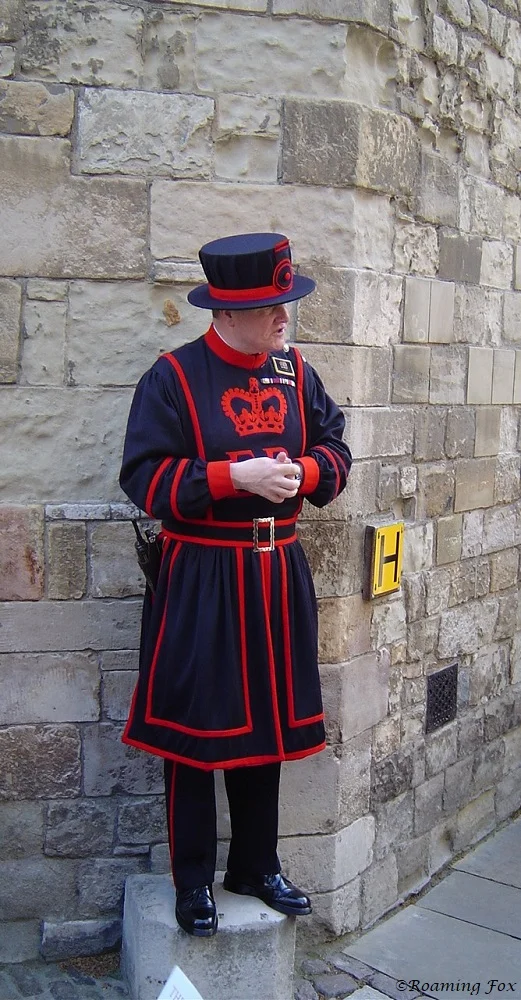
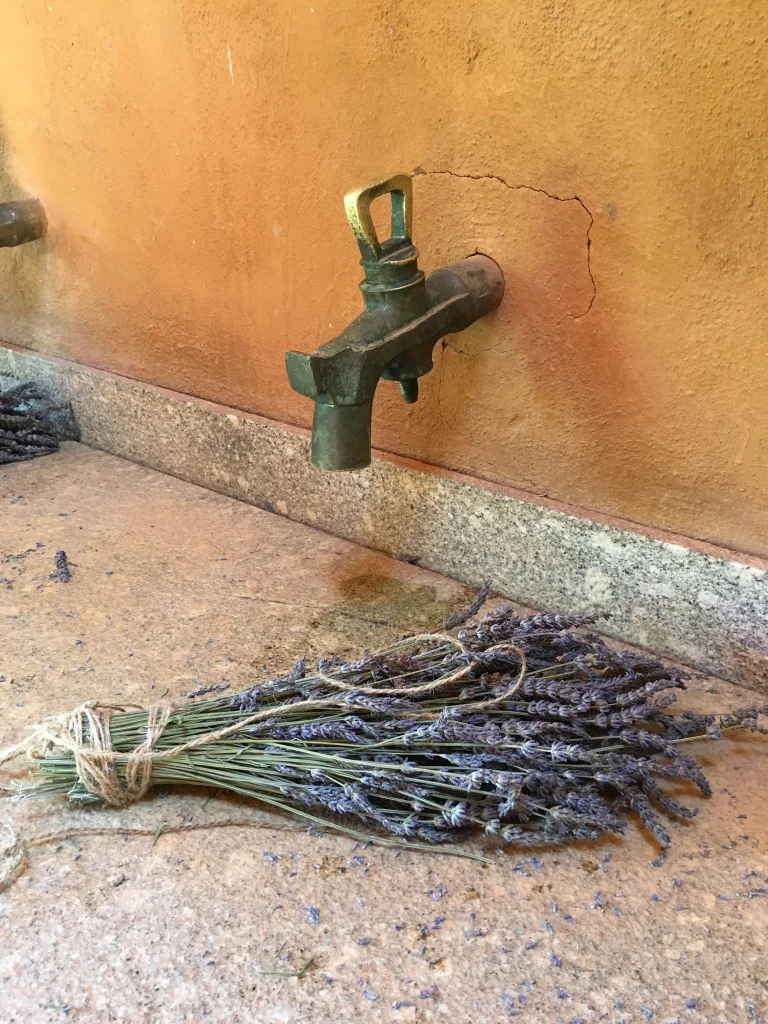

You might have heard of the lookout at Mount Coot-tha that offers a spectacular view of Brisbane but have you heard of the botanical paradise at its base?